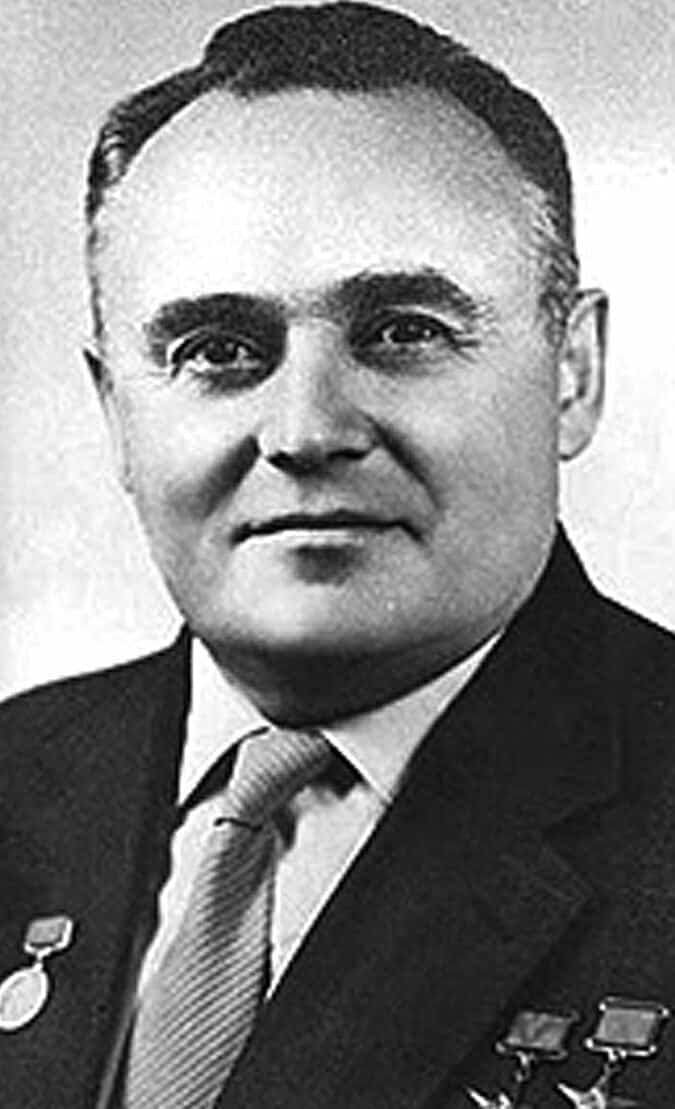
For a long time, humanity’s efforts to explore the Moon were limited to visual examination using optical instruments. In 1959, a new phase in the exploration of Earth’s natural satellite began with the successful landing of the Soviet automated station Luna-2. Ten years later, American astronaut Neil Armstrong became the first person to step foot on the Moon. Since then, there has been ongoing competition between the major space powers – Russia, the United States, and China – in the race to develop the satellite. “Lenta.ru” provides insight into the future plans of these nations for the Moon and their progress in achieving them.
Complete Automation
“What has sparked the second lunar race? If our goal is to travel to distant planets, then we must extensively develop long-distance space technologies on the Moon. It is in close proximity to us, providing ample opportunities for experimentation,” stated Alexander Sergeyev, a resident of the Russian Academy of Sciences (RAS), when discussing the importance of lunar conquest in 2021.
The primary lunar project currently underway in Russia is the launch of the Luna-25 Automated Interplanetary Station (AIS). This program involves the creation of a next-generation spacecraft and advancements in nuclear space propulsion technologies. The mission aims to deploy an unmanned probe to conduct research in the vicinity of the Moon’s South Pole.
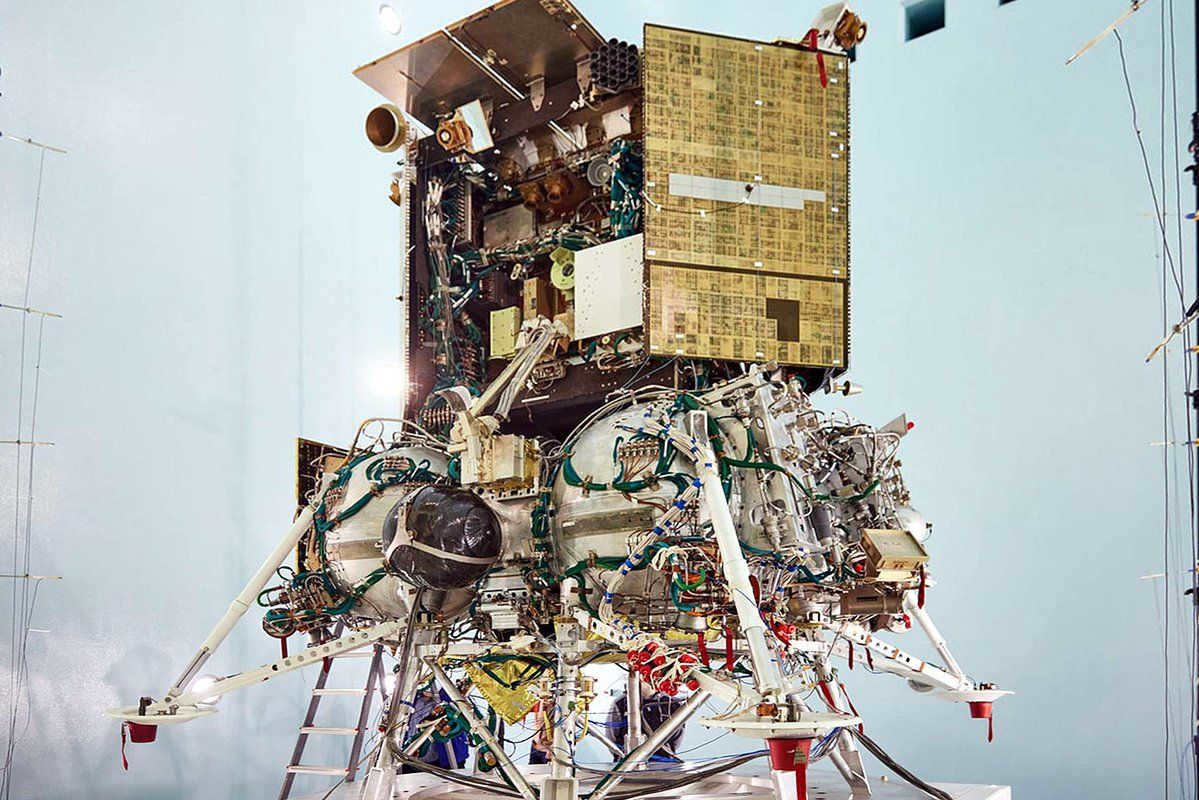
The orbital component of the vehicle will carry out remote investigations of the moon and seek out suitable landing locations for subsequent spacecraft. The landing component is also equipped for surface exploration and cryogenic drilling up to a depth of two meters. The primary objective of this device is to locate sources of water. It is anticipated that the automated probe will operate on the Moon for a minimum of one Earth year.
Roscosmos has announced the launch of the inaugural Luna-25 spacecraft on July 13, 2023. The module is set to touchdown near the Boguslavsky crater.
A number of additional missions are also scheduled to commence in 2027-2028: Luna-26 (orbital) and Luna-27 (landing), Luna-28. The initial development of the first vehicle will commence before 2024, with a cost (as per the state contract) of 9.3 billion rubles, and the contract price for the landing vehicle is 7.2 billion rubles. The final stage will be the Luna-28 mission, which will transport samples of regolith back to Earth.
Currently, the program to land Russian cosmonauts on the Moon is being coordinated with the authorities and is planned for completion within a decade.
By 2030, we will have the necessary technological capabilities to successfully land Russian cosmonauts on the Moon.
The technical development of the Luna-25 project station has already been finalized and it is operational. However, the software is still being fine-tuned by experts from the Lavochkin NPO.
The previous stage concluded in July 2022. During this period, a group comprising of three females and three males hailing from Russia, the United States, and the UAE underwent an eight-month confinement in a spacecraft simulator located at the Institute of Medical and Biological Problems (IMBP) under the Russian Academy of Sciences. The experiments replicated scenarios such as “entering Earth’s orbit,” “journeying to the Moon’s orbit” aboard an interplanetary complex, and “landing on the lunar surface.”
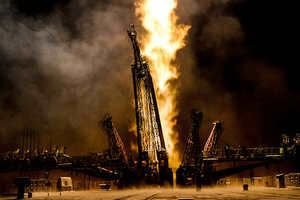
What can we expect from the world’s space industry in 2023? New powerful rockets, a mission to Jupiter, and Elon Musk’s innovative spacecraft are on the horizon.
Furthermore, there are ongoing efforts to develop living arrangements for the first lunar station employees. This includes the technology for extracting water, protecting astronauts from radiation, and addressing other crucial tasks. Experts propose constructing “dugouts” made of regolith as a potential solution to radiation protection on the Moon’s surface.
Sergey Krikalev, the executive director of Roscosmos for manned programs, believes that utilizing local resources is the most efficient approach to building structures.
In the 1960s, there were similar projects, and if we were to revisit them now, we would need to construct a partially submerged module and use an excavator to fill it with regolith. This would provide protection from radiation for the astronauts, especially if they were to stay there for an extended period of time.
When it comes to extracting water, which is essential for the station and refueling rocket engines, the most efficient method would be to extract it from the lunar soil. Research has indicated that the lunar soil contains a significant amount of ice. The Kurchatov Institute has developed a robot specifically designed for this task. The lunokhod will be equipped with a solar concentrator, a solar battery, a milling machine, and a control system.
There are plans to outfit the vehicles with extra components and replacement parts by utilizing a 3D printer. The blueprints will be transmitted from Earth, and they can be manufactured on-site in space. This technology was developed by the collaboration between RSC Energia enterprise, Tomsk Polytechnic University, and Tomsk State University. It has already undergone testing during experiments conducted on the International Space Station. The prototype element was created through the process of layer-by-layer filament overlay, which involves using molten polymer filament.
Another milestone in human history
The sole nation to have successfully landed astronauts on the moon is now proposing substantial modifications to its astronaut landing program. According to NASA administrator Bill Nelson, future American missions will involve longer stays on the lunar surface. However, these endeavors will primarily focus on gaining invaluable experience and exploring the novel challenges posed by lunar conditions, rather than establishing permanent settlements.
Our objective is to inhabit the moon, conduct research, and advance cutting-edge technologies.
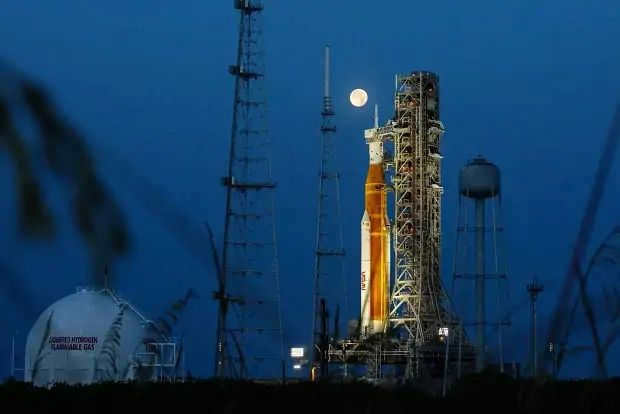
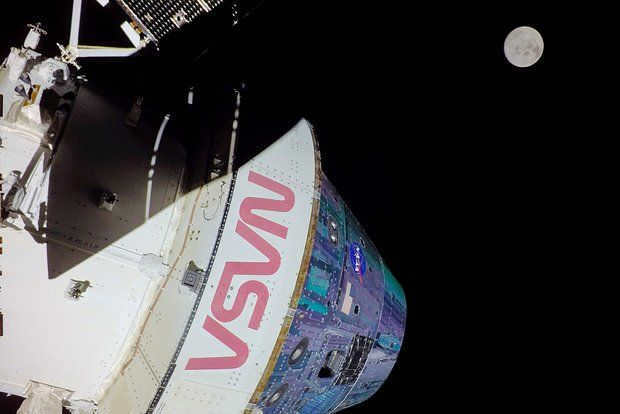
The Space Launch System (SLS) launch vehicle, known as Artemis 1, was conducted in November-December 2022 with the SLS and Orion spacecraft without any crew on board. The mission involved launching the spacecraft into a deep polar lunar orbit, where it remained for six days before returning to Earth. The entire mission lasted for a little over 25 days.
The Artemis program is set to continue until 2025, with the upcoming launch of Artemis 2 in 2024, which will carry a crew on board. Following that, Artemis 3 is scheduled for 2025-2026, involving humans landing on the lunar surface. By 2027, Artemis 4 will dock with the Lunar Gateway, leading to annual landings on the moon.
Currently, NASA has already pinpointed potential areas for future astronaut landings. A total of 13 regions have been designated, which include the Faustini Crater site and the elevated area in close proximity to Shackleton Crater. All of these locations are situated near the South Pole of the moon, and each one offers multiple potential landing sites.
It is projected that the Artemis program will require a budget exceeding $93 billion by 2025. The launch of the initial four missions alone will cost NASA $4 billion apiece.
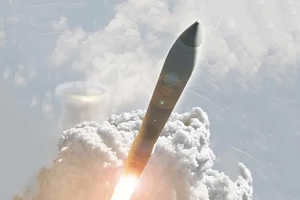
In 2020, the international “Artemis Accords” were created by NASA to outline ten principles for the development of the moon and its resources. This agreement has received signatures from over 20 countries, including the United States. It establishes the concept of “safe zones” around future lunar bases, encourages the sharing of scientific data, and requires spacecraft to be registered on the moon.
NASA has recently announced the team for the second Artemis mission. Christina Couch will become the first American woman to orbit the moon, while Victor Glover will make history as the first African-American to do so. Reid Wiseman and Jeremy Hansen, an astronaut from the Canadian Space Agency, will also be part of this groundbreaking team.
Constructing a lunar station necessitates a range of energy resources. In order to extract these resources from the lunar soil, it is imperative to erect facilities, which will also require a means of provision. The aim is to establish a continuous supply without relying on costly rechargeable batteries.
A project has been unveiled by Ben-Gurion University that entails harnessing solar radiation through photovoltaic battery systems positioned along the lunar latitudes near the poles. The setup takes the form of a circular arrangement, with the majority of the system perpetually exposed to sunlight.
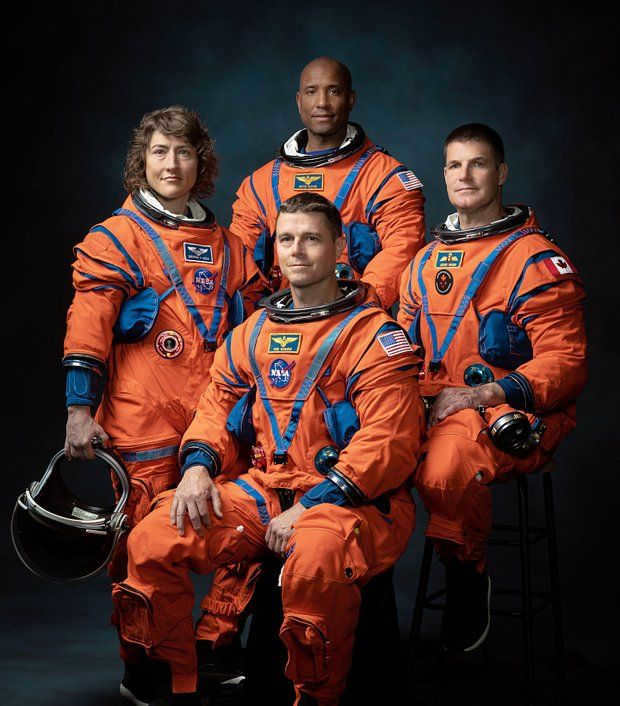
The cost-to-energy ratio of the project is one hundred times lower than that of solar panels with batteries and six times lower than that of nuclear reactors. NASA has expressed a willingness to reconsider the current plan and provide nuclear power instead of solar power for lunar colonies.
Additionally, a research camp can be constructed using lunar soil directly. Bricks made from this material using a 3D printer will help reduce costs. Testing has shown that these lunar bricks can withstand the weight of load-bearing structures as long as the optimal sintering temperature is maintained.
There is another possibility for establishing colonies: the caves on the moon. NASA has discovered hollows on the moon with a temperature of about 17 degrees Celsius, which is suitable for human habitation. These pits, along with underground passages, were first discovered in 2009. It has now been confirmed that they can serve as a protective shelter against solar radiation, meteorites, and cosmic rays.
Scarlet Moon
In the not-so-distant future, Chinese space explorers, known as taikonauts, have set their sights on a daring mission to touch down on the Moon by 2030. But their ambitions don’t stop there; their ultimate goal is to establish a pioneering international lunar research station called the International Lunar Research Station (ILRS). This groundbreaking project has garnered the interest and involvement of numerous countries, including Russia, with whom China has signed a momentous agreement in 2021. Excitingly, the circle continues to expand as Venezuela has recently announced its intention to join this remarkable lunar initiative.
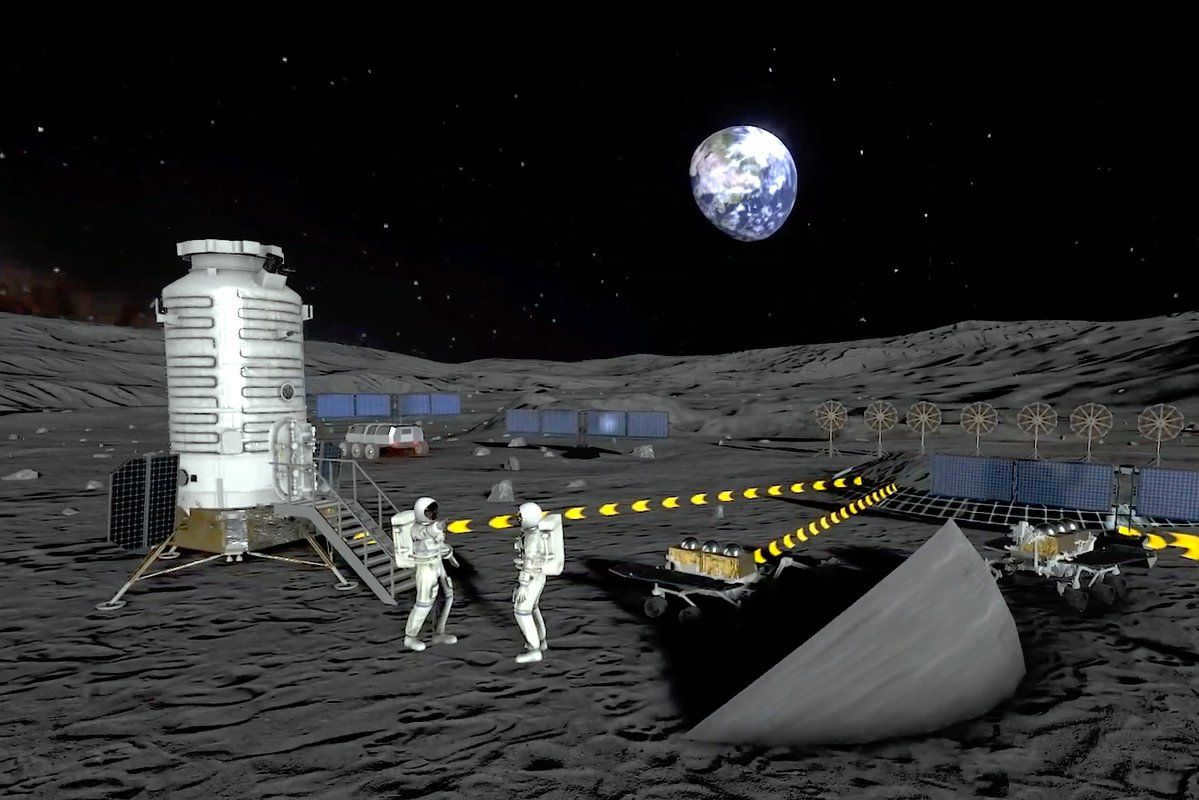
There are multiple missions scheduled between 2031 and 2035. The ILRS-1 mission focuses on constructing a central command center, establishing energy and communication infrastructure. The ILRS-2 mission aims to develop lunar research infrastructure, including studying geological profiles, investigating lava tubes, and collecting samples. ILRS-3 will focus on developing and testing technologies for utilizing lunar resources. ILRS-4 will involve biomedical experiments and the collection and return of samples to Earth. Finally, ILRS-5 will focus on building infrastructure for astronomy and Earth observation from the lunar surface.
The taikonauts have plans to successfully land on the Moon.
The station is seeking to acquire a jumping robot and multiple lunar rovers for research and technical purposes. Additionally, there is a plan to construct houses on the Moon, which would address the challenge of accommodating astronauts for extended periods of time. The concept of utilizing 3D printing to create these buildings is also under discussion.
The ILRS project consists of the Chang’e missions, which aim to explore and prepare for future phases. There are a total of eight missions planned, divided into four phases of increasing technical complexity. Three of these missions have already been completed, leaving the fourth phase to be completed by the Chang’e-6 through Chang’e-8 missions. This final phase will involve the deployment of a robotic science station at the Moon’s South Pole. The upcoming Chang’e-7 mission and subsequent missions will be coordinated with Roscosmos’ Luna-26 and Luna-27 missions.
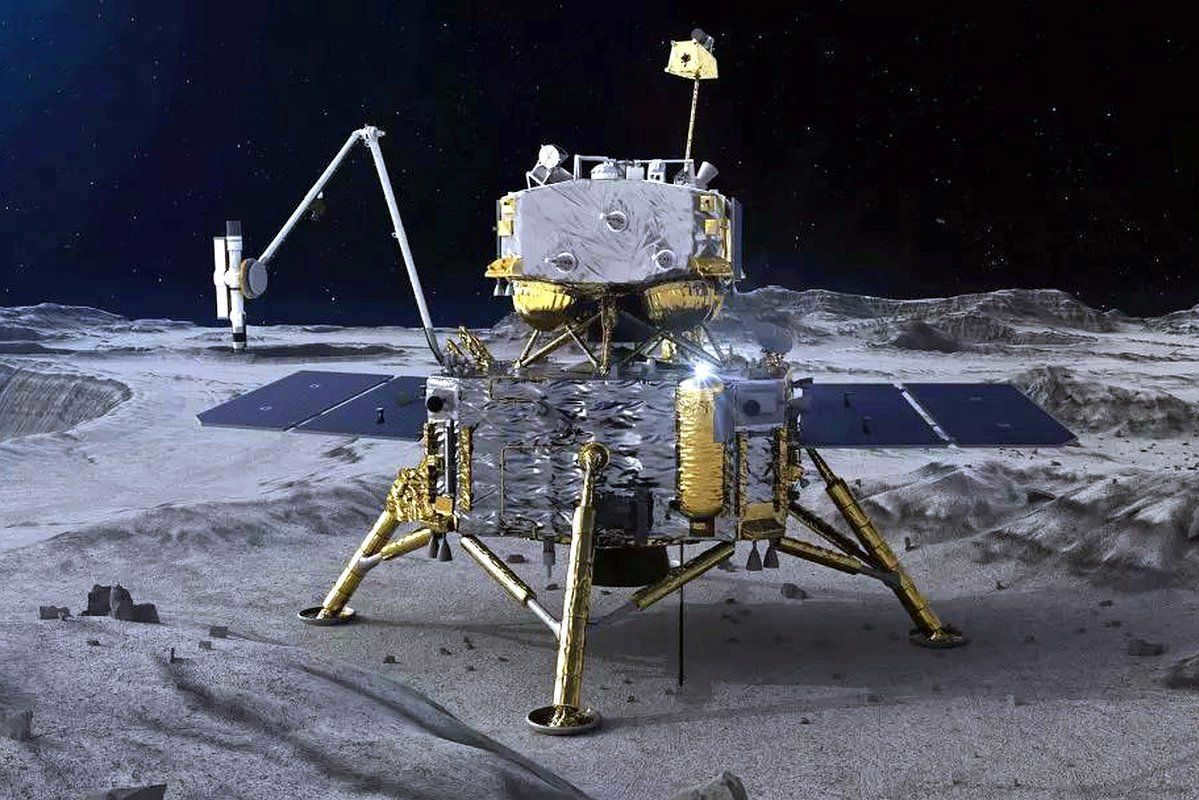
Up until now, the Chinese National Space Administration (CNSA) has successfully completed three stages of the Chang'e program. The initial phase, which involved entering lunar orbit, was carried out by Chang'e-1 in 2007 and Chang'e-2 in 2010. The second stage involved the collection of Chang'e-5 samples from the visible side of the Moon and their subsequent return to Earth.
Many discoveries have been made as a result of the lunar soil samples. Upon analysis, it was determined that the soil contained 32 glass beads consisting of rock and mineral fragments. Trace amounts of water were also found within these beads, although they were not significant. However, it is possible that there are trillions of such beads in the soil. These pyroclastic beads could potentially serve as a valuable source of water, but the issue of extracting the water needs to be addressed. Theoretically, this could be achieved through heating.
This material discusses the United States’ defeat to the USSR in the “race for a satellite,” as well as the first American vehicle that paved the way for the country’s entry into space.
The International Geophysical Year (IGY) took place from July 1, 1957, to December 31, 1958. As part of this global collaboration, scientists from 67 countries were tasked with investigating various physical phenomena within the Earth’s crust, oceans, and atmosphere. These studies included research on meteors, the ionosphere, auroras, and expeditions to Antarctica.
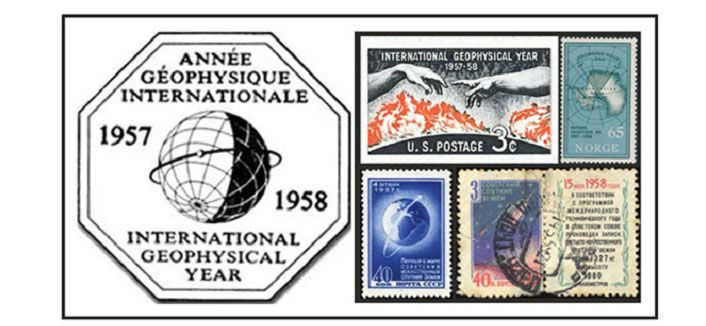
During the International Geophysical Year, the Soviet Union and the United States, despite being bitter enemies, both participated in the program and aimed for greatness. Representatives from these rival powers announced their intentions to not only study the Earth’s surface, but also to launch the world’s first artificial satellite into space. What was initially a military rivalry transformed into a scientific competition, with a shared goal of creating a vehicle that would bring humanity closer to the stars.
In the Soviet Union, there was a design bureau called OKB-1, which was led by Sergey Korolev. They were responsible for developing a satellite and its launch vehicle. Meanwhile, in America, multiple agencies were also working on creating a satellite. Both the Army and the Navy had their own projects in this field.
In hindsight, it can be said that this internal competition played a role in preventing the United States from being the first to launch an artificial satellite into orbit.
THE ORBITER PROJECT
The construction of a space satellite and launch vehicle, known as the “Orbiter”, was initiated by the United States in 1954. This task was entrusted to the Army, with two organizations simultaneously working on it. The first organization was the Jet Propulsion Laboratory (JPL), which was then a part of the California Institute of Technology located in Pasadena. JPL primarily carried out defense orders for the army. The second organization involved in the project was the Ballistic Missile Agency in Alabama. Interestingly, this agency was led by Werner von Braun, a German rocket scientist who had been brought to the United States.
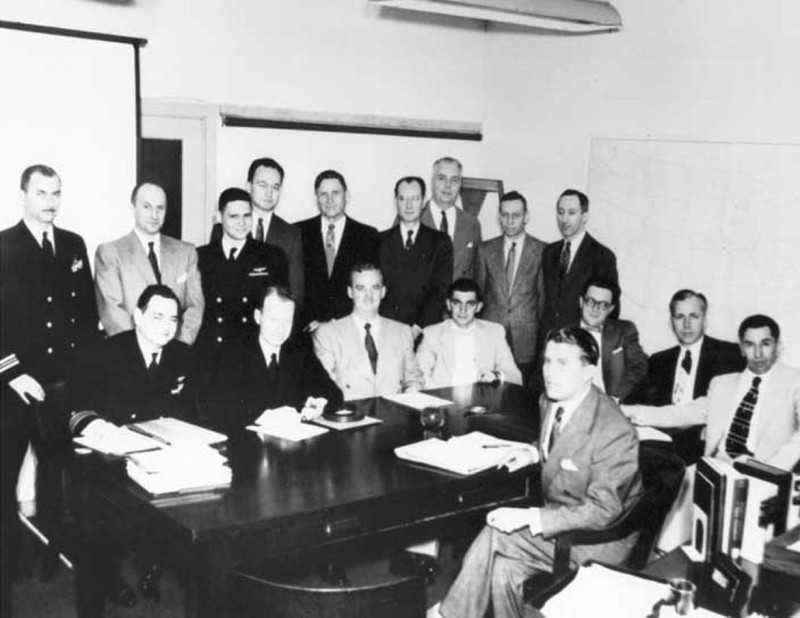
JPL’s role was to prepare the stages for the launch vehicle, which would place the apparatus into orbit. According to von Braun, a combination of two systems would be suitable for this purpose: the first stage would use the ballistic missile “Redstone,” and the subsequent stages would use the “Loki” rockets. The engineers at JPL planned to install solid rocket motors, which had been previously developed for the guided tactical missile “Sergeant” in the “ground-to-ground” class, for each stage. Additionally, JPL was tasked with the responsibility of receiving and transmitting signals from the spacecraft.
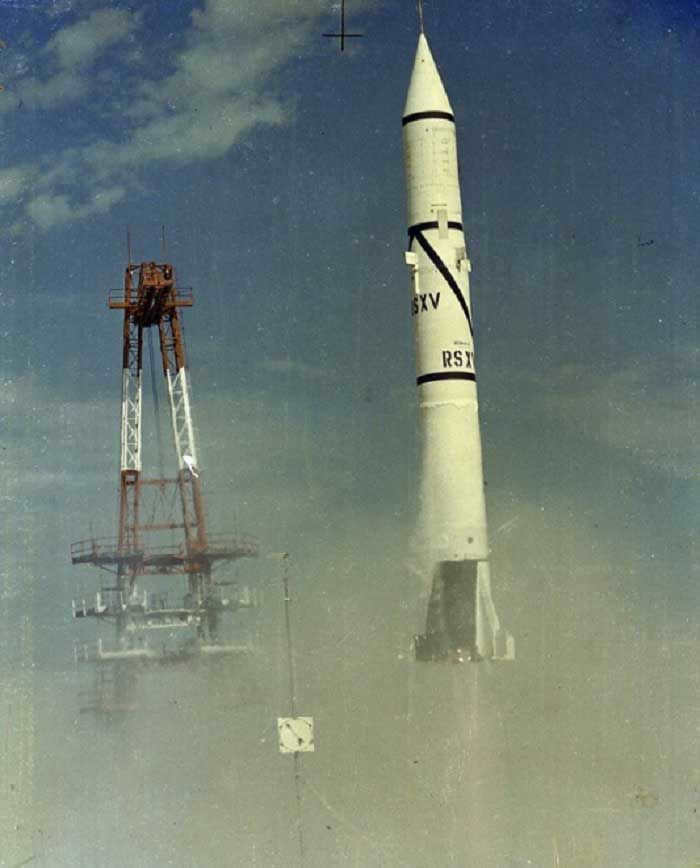
In the summer of 1957, the launch of the satellite was planned. However, at that time, additional projects with greater appeal emerged, causing the “Orbiter” to take a back seat.
THE PIONEER OF THE INAUGURAL AMERICAN SPACECRAFT. VANGUARD PROJECT (“VANGUARD”)
In 1955, the United States Navy put forward its own rendition of a man-made satellite revolving around the Earth, dubbed “Vanguard” (the moniker was intentionally chosen, signifying that this satellite was intended to be the very first of its kind globally). The concept entailed a 9-kilogram contraption equipped with a cosmic ray detector, a power source, and a camera.
In that same year, James Hagerty, the press secretary of the White House, made the announcement that the Navy project had secured its place as a top priority. Interestingly enough, the Vanguard program was exclusively an American endeavor; neither von Braun nor any other German engineers were extended an invitation to participate, due to strictly political and ideological reasons.
Initially, the project considered various possibilities for launching a satellite. The University of Iowa scientists proposed the concept of launching the device from a balloon. Later, other experts suggested replacing the balloon with a jet aircraft.
As stated by Alexander Zheleznyakov in his book “Secrets of American Cosmonautics,” although launching from a jet aircraft had some drawbacks, it offered several advantages compared to a balloon:
- Firstly, the aircraft could provide the rocket with its own velocity of approximately 1000 km/h;
- Secondly, it could be launched at the desired angle;
- Thirdly, launching from an aircraft was technically easier to achieve and more cost-effective.
However, the United States government discarded all of these concepts, as the Eisenhower administration sought to propel a device into space using a groundbreaking system rather than an airplane, balloon, or ballistic missile. To achieve this, officials enlisted the services of multiple private companies to construct a novel three-stage rocket capable of vertical ascent. In due course, this rocket would be christened the same name as the satellite – Avangard.
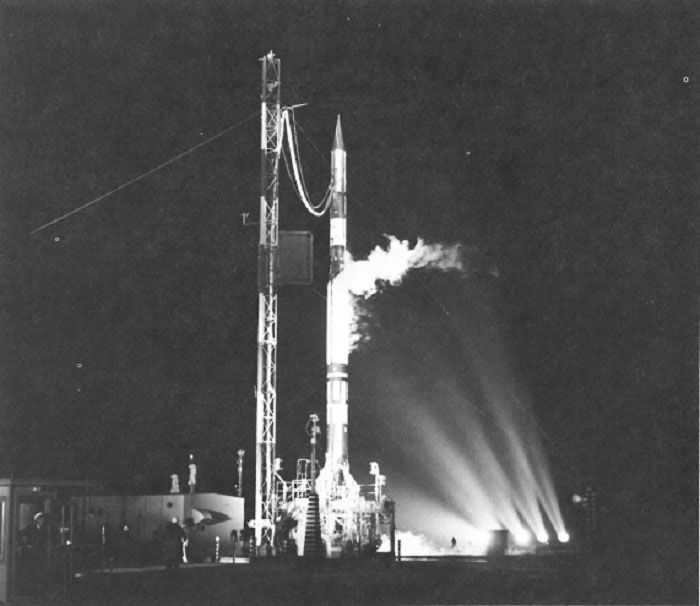
The initial phase of the carrier featured a liquid propulsion system capable of generating a thrust of 8.2 tons for a duration of 150 seconds. It utilized a combination of kerosene and liquid oxygen as propellants. The second phase also incorporated a liquid propulsion system, but unlike its predecessor, it relied on unsymmetrical dimethylhydrazine as fuel. The third phase, on the other hand, employed a solid fuel configuration.
The construction of the rocket incurred a cost of $110 million for the United States. One of its primary limitations was its payload capacity, which was limited to a maximum of 10 kg (subsequent modifications resulted in an increase of over two times in payload capability).
During the process of construction, it was discovered by the engineers that the weight of the satellite that was originally designed was too heavy for the rocket, and as a result, modifications had to be made. The ultimate version of the device was an aluminum sphere weighing 1.37 kilograms. Inside the sphere, there were a mercury-zinc battery, two transmitters, and several thermistors. The transmitters were intended to be powered by a battery with a power of 10 mW, as well as six solar panels with a combined power of 5 mW that were attached to the enclosure. These devices were necessary for tracking the satellite’s trajectory. The role of the thermistors was to measure the internal temperature in order to assess the effectiveness of the thermal protection.
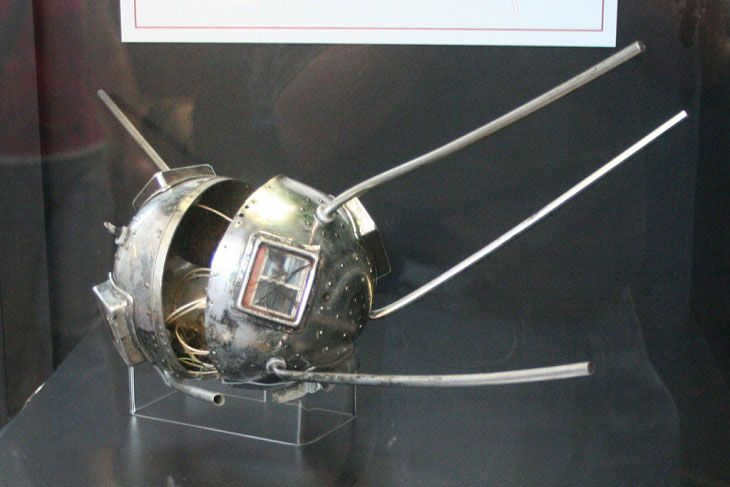
The Avangard mission was originally scheduled to be launched by American experts in the first half of 1958. However, the United States received an unexpected shock. On October 4, 1957, their main competitor, the Soviet Union, successfully launched the PS-1, becoming the first country to send an artificial satellite into space.
The administration of President Eisenhower was compelled to implement immediate retaliatory actions: officials requested the acceleration of the project’s progress, and just nineteen days after the USSR’s victory, the Americans conducted a trial suborbital flight (which marked the third trial of the carrier). Throughout the trial, solely the functionality of the initial stage was examined, while the second and third stages were simulated. The test proved to be successful, as the rocket successfully ascended to an altitude of 175 km.
The United States was unsuccessful, but American scientists refused to give up, and once again, the government sought assistance from the military.
"EXPLORER-I" – THE INAUGURAL AMERICAN SATELLITE IN SPACE.
The military was given the task of locating a launch vehicle and launching the first American satellite into space within a 90-day timeframe.
An agency in Alabama possessed the necessary rocket – the three-stage Jupiter-C (also known as Juno-1). This carrier, built in 1956, had the potential to surpass the Soviet Union in the “first satellite” race, had attention been given to the system earlier.
Officials recalled the creator of Jupiter-C, von Braun, and his team. In 1957, the German engineer, who had since become an American citizen, presented his project to the government for review, in which he suggested enhancements to the carrier.
The missile’s latest iteration was a four-stage rocket. The initial stage employed the same liquid-fueled Redstone rocket, constructed using the technology from the first ballistic missile in Nazi Germany, the Fau-2. The second stage was comprised of eleven solid-fueled “Sergeants”. The third stage consisted of three Sergeants. The fourth stage, along with a payload, completed the rocket’s composition.
The modified “Jupiter-S”, also known as “Juno-1”, had a weight of nearly 29 tons and measured approximately 22 meters in length.
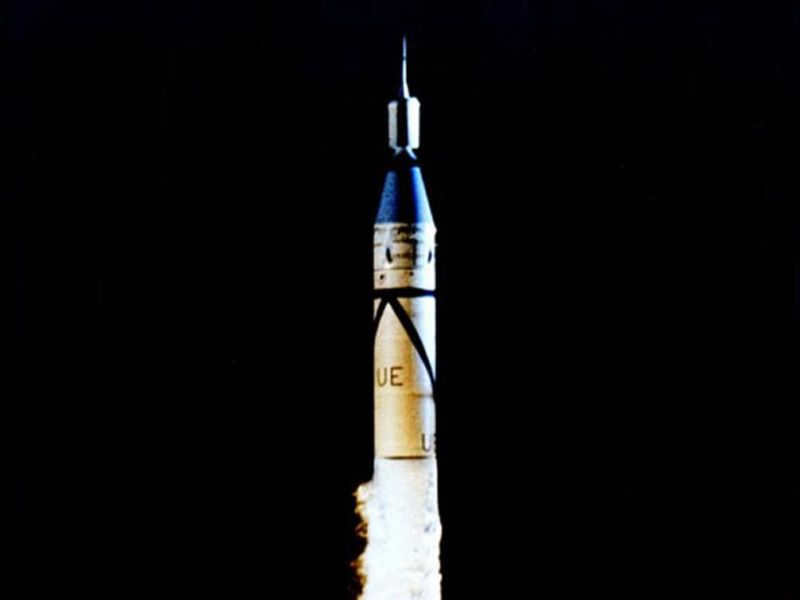
If the technicians managed to quickly assemble the first three stages, they faced a significant challenge with the fourth stage. Under the guidance of JPL Director William Pickering, a team of over 100 engineers, electronics specialists, and mechanics worked tirelessly to transform it into a satellite, initially named “Alpha” and later renamed “Explorer-1”. This stage resembled a “capsule” with a diameter of 16 cm and a length slightly over 2 meters, with the majority of its space being occupied by a solid propellant engine that would propel it into its final orbit.
The most challenging aspect of this task was the installation of scientific instruments onto the satellite, which accounted for 94.62 cm of the total length of the stage (205.12 cm).
The equipment for the spacecraft was created by James van Allen, a physicist at the University of Iowa. The package included:
- a Geiger-Muller counter, a cosmic ray detector designed to measure radiation conditions in orbit;
- internal, external and conical temperature sensors;
- a microphone for recording micrometeorites;
- a ring of micrometeorite erosion sensors;
- two transmitters.
All information was intended to be continuously transmitted through four flexible pin antennas. Power for the transmitters was supplied by mercury batteries, which accounted for 40% of the overall payload mass (nearly 14 kg).
The Jupiter-C launch vehicle was used to launch the Explorer-1 satellite on January 31, 1958, from Cape Canaveral. The satellite was successfully inserted into an orbit with a perigee altitude of approximately 350 km and an apogee altitude of 2,515 km.
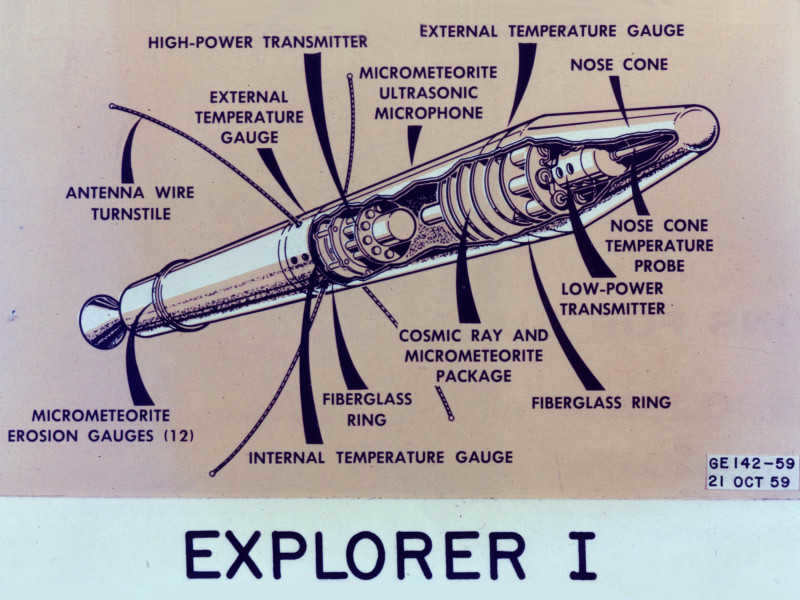
After a certain period of time since liftoff, when Explorer 1 was on the verge of entering orbit, the tracking station in Antigua encountered a failure in receiving a signal from the satellite. The specialists were unable to receive any signal and when the spacecraft was supposed to pass over California, scientists speculated that there might be some issues with Explorer 1, such as potential instrument failures.
The first individuals to detect the signal from the satellite were amateur radio enthusiasts residing near the town of Temple City in California. It was later discovered that Explorer 1 was transmitting with an 8-minute delay.
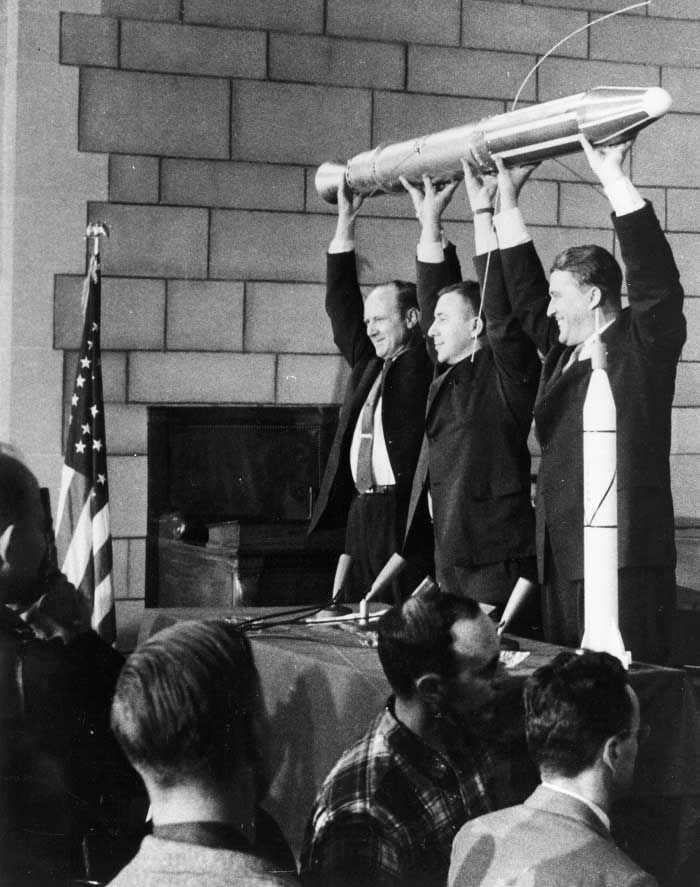
In the following weeks, the spacecraft maintained communication with Earth, but an interesting occurrence took place during its transmissions. Every time it reached its farthest point from Earth, known as apogee, the cosmic ray detector remained silent for a brief period. Van Allen, a physicist, proposed that this silence was caused by the high levels of radiation present. Through calculations, he deduced that at apogee, it was likely that protons from sunlight, with energies of up to 3 MeV, were being captured by Earth’s magnetic field.
Shortly after, van Alen’s hypothesis was confirmed by an American satellite. It was discovered that there is a radiation belt surrounding the Earth, primarily composed of protons. Further investigation of this belt was aided by the Explorer-3 satellite (launched on March 26, 1958). Additionally, information gathered from the Pioneer-3 (launched on December 6, 1958) and Explorer-4 (launched on July 26, 1958) satellites led to the identification of a separate radiation belt, known as the outer belt, which is primarily composed of electrons.
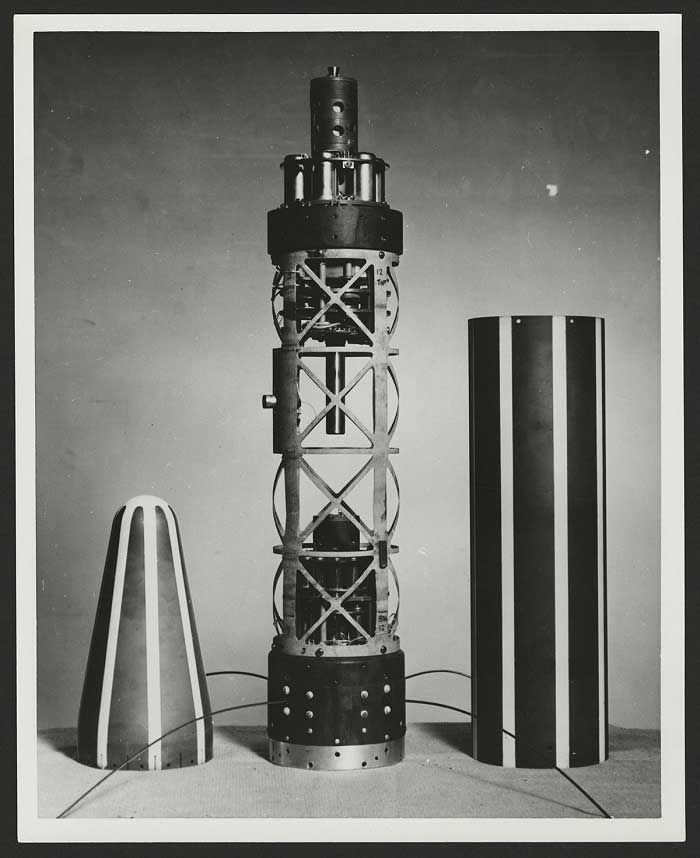

Currently, these belts (inner and outer) are commonly referred to as the van Allen belts. They pose a danger to the health of astronauts, but also serve as a shield for the planet against high-energy particles. Several experts speculate that these belts may have played a crucial role in rendering our planet habitable.
"Explorer 1 spent nearly four months in outer space. It ceased transmitting its final signal on May 23, 1958. Twelve years later, the spacecraft entered Earth’s atmosphere and disintegrated due to the intense density.
The opportunity to beat the USSR in launching the first artificial satellite into orbit was available to the United States. They had the talented von Braun, along with a multitude of equally gifted designers, as well as the rocket and the satellite itself. However, one of the main reasons for their failure was the issue of “compartmentalization.” The program was being worked on by multiple departments, each with their own ideas about the task at hand, which made it difficult for the government to choose the right approach. Moreover, there was constant competition between the army and the navy, which sometimes took a negative turn. There was a hidden struggle between them for taxpayers’ money and for the best specialists.
However, the rivalry between the various entities involved in constructing the satellite ultimately yielded positive results. In fact, it served as a wake-up call for the U.S. government, highlighting the need for a unified space agency that would oversee future space programs and the entire space industry. Following extensive hearings by various committees, Congress approved the National Aeronautics and Space Bill on July 16, 1958, and President Eisenhower officially enacted it into law on July 29. This legislation gave rise to the National Aeronautics and Space Administration, more commonly known as NASA. The agency officially commenced operations on October 1, 1958.
Check out our videos on youtube. For more fascinating articles on scientific subjects, follow us on our Telegram.
Check out our websiteWe provide up-to-date news and in-depth articles on various scientific subjects. Stay informed about the latest developments in the world of science and technology through our dedicated Google News page. Google News
Prior to Yuri Gagarin’s historic flight, mankind had already sent artificial machines to other celestial bodies within and beyond our solar system.
Yuri Gagarin made history on April 12, 1961, as the first human to venture into outer space. Just eight years later, in 1969, Neil Armstrong and the Apollo 11 crew achieved another milestone by successfully landing on the Moon.
Satellites and Flopniks
Satellites and Flopniks are two completely different types of objects that orbit the Earth. While satellites are sophisticated devices used for various purposes such as communication, weather forecasting, and navigation, Flopniks are simple and rudimentary spacecraft.
Satellites, which are often launched into space by rockets, are equipped with advanced technology and are designed to perform specific tasks. They can be used for communication, allowing people from different parts of the world to connect and exchange information. Satellites are also used for weather forecasting, helping us keep track of storms, hurricanes, and other natural disasters. Additionally, satellites are crucial for navigation, providing accurate positioning information for GPS devices.
On the other hand, Flopniks are much simpler and less advanced than satellites. They were the first spacecraft to be launched into space by the Soviet Union during the Space Race era. The term “Flopnik” is a combination of the words “flop” and “Sputnik” and was used to describe the early failures of Soviet satellite launches. Although Flopniks were not as successful as satellites, they played a significant role in the development of space exploration.
In conclusion, satellites and Flopniks are two distinct types of objects that orbit the Earth. While satellites are advanced devices used for communication, weather forecasting, and navigation, Flopniks are simple spacecraft that played a role in the early days of space exploration.
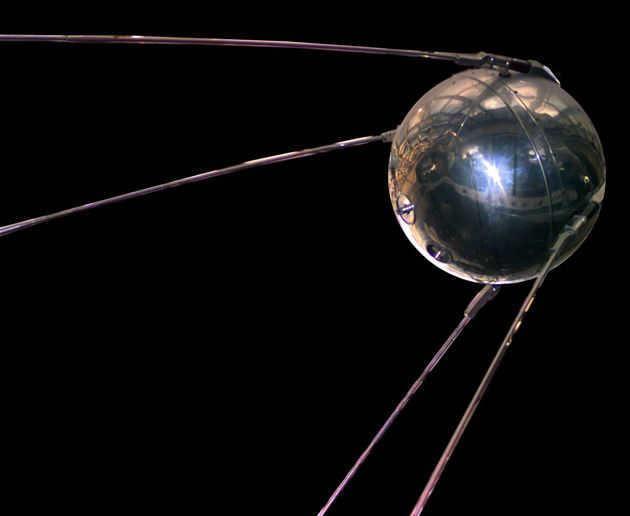
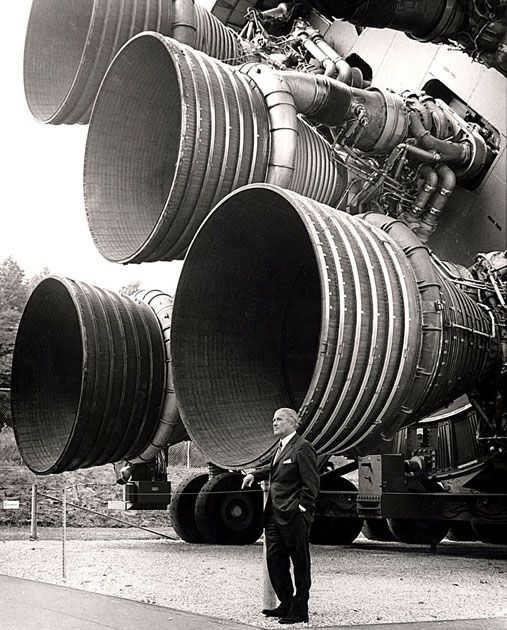
An unsuccessful attempt to launch the artificial satellite Vanguard TV3 preceded this particular launch. The widely publicized event resulted in failure, as the launch vehicle exploded just two seconds after liftoff. However, surprisingly, the satellite itself managed to survive the explosion. Today, it is showcased at the National Air and Space Museum, which is part of the Smithsonian Institution.
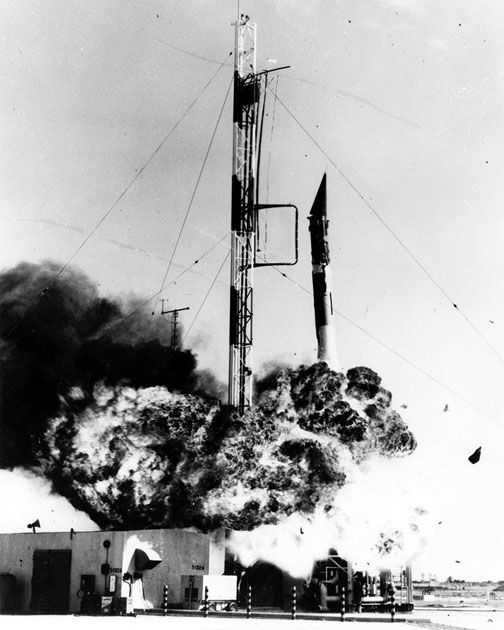
Incidentally, the successful launch of Sputnik-1 and the failure of Avangard caused considerable panic among American scientists. The authorities of the country realized that they were falling behind in the space race, and both the military and scientists faced heavy criticism from journalists. American newspapers mockingly referred to “Avangard” as Flopnik, a play on words derived from the term “flop”. It is worth noting that the USSR had already launched Sputnik-2 into orbit in November 1957, the same satellite that carried the first living being, the dog Laika, into space.
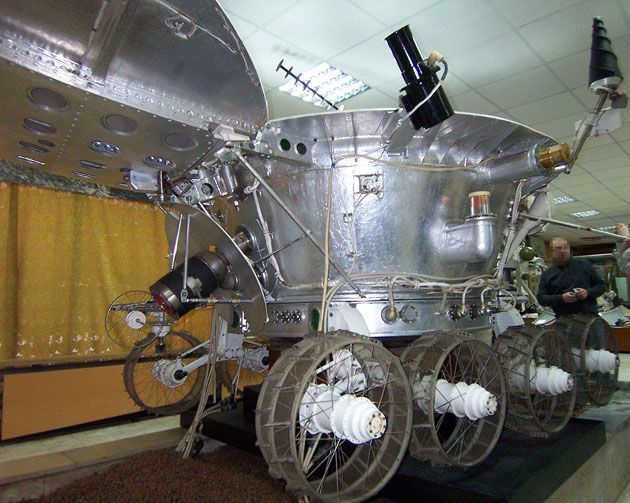
Two vehicles were sent to the Moon simultaneously in 1970 and 1973. The U.S. initiated the Ranger program to explore the Moon. Initial attempts to launch these vehicles always resulted in failure. The first mission to achieve complete success was the launch of Ranger 7, which sent back close-up photographs of the Moon to Earth.
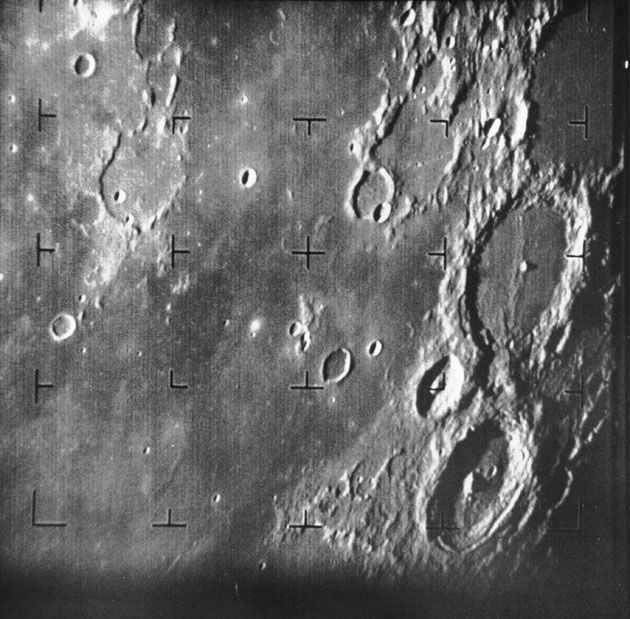
Venus and Mars
Who was the first to launch a satellite into space? This question has been the subject of much debate and controversy. In the race to conquer space, both the United States and the Soviet Union played major roles. However, it was the Soviet Union that made history on October 4, 1957, when they successfully launched Sputnik 1, the world’s first artificial satellite.
Venus and Mars are two neighboring planets in our solar system. Venus is often referred to as Earth’s “sister planet” due to its similar size and composition. It is the second planet from the Sun and is known for its thick atmosphere and extreme temperatures. Mars, on the other hand, is often called the “Red Planet” due to its reddish appearance caused by iron oxide on its surface. It is the fourth planet from the Sun and is known for its dusty surface and the presence of water ice.
The Mariner program was established in the United States with the aim of investigating the planets nearest to Earth. Missions launched under its umbrella were dispatched to Venus, Mars, and Mercury. The initial attempt, as is often the case, ended in failure. “Mariner-1” veered off course just 5 seconds into the flight and subsequently exploded. However, the journey to Venus proved to be a triumph for “Mariner-2”. Three months and a few additional months after launch, in the autumn of 1972, “Mariner” passed by “Venus”, marking the first ever exploration of another planet. Inspired by this success, NASA resolved to explore Mars, leading to the next mission of “Mariner” heading towards the Red Planet. In July 1965, “Mariner-4” flew within 10,000 kilometers of Mars and even captured some images. However, it was “Mariner-6” that gathered the most valuable data about this planet. It extensively studied the atmosphere of Mars and captured images of approximately one-fifth of its surface. Finally, the crowning achievements of the program were Mariner-9 and Mariner-10.
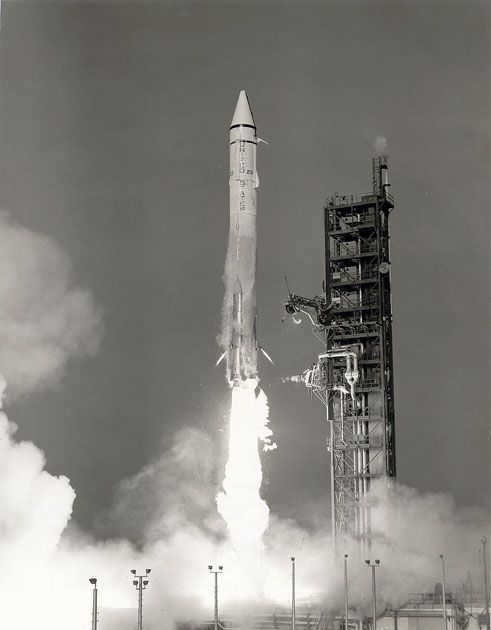
In 1971, the inaugural mission to Mars was launched and was able to successfully achieve orbit. This momentous achievement meant that Mariner-9 became the pioneer in becoming the first man-made satellite to orbit a planet beyond Earth. On a subsequent mission, Mariner 10 made its way to Mercury and relayed back to Earth the initial data and insights about this fascinating celestial body.
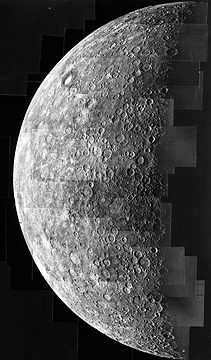
After witnessing the success of their mission, NASA made the decision to venture into the exploration of distant planets, such as Jupiter, Saturn, and possibly Uranus. This ambitious task was entrusted to the creators of the Voyagers, a new generation of research stations. Not to be outdone, Soviet scientists also achieved significant milestones in their study of other planets within our solar system.
In 1966, the Venera-3 station successfully reached the surface of Venus. Unfortunately, a malfunction in the station’s control system during the flight prevented any transmission of information about the planet back to Earth. Nevertheless, this setback did not deter scientists from continuing their exploration of neighboring planets.
In 1975, the USSR successfully placed the first artificial satellite of Venus, known as the “Venera-9” station, into orbit around the planet. This marked another significant achievement in the ongoing study of Venus.
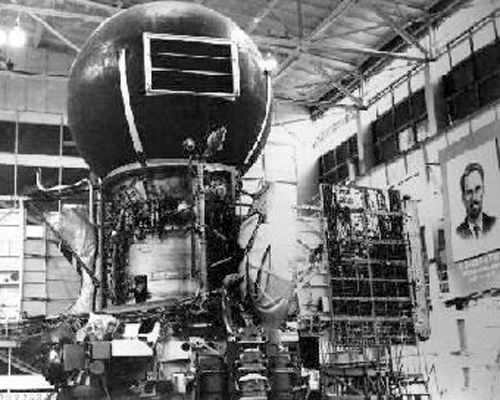
In a curious turn of events, Mars-2 successfully landed on the surface of the Red Planet four years prior to that. Interestingly, both Washington and Moscow had been harboring plans to send a man-made vehicle to Mercury for quite some time. Unfortunately, these projects never came to fruition. Presently, Russian scientists are actively working on a similar mission. It is anticipated that the “Mercury-P” spacecraft will touch down on the planet in 2031.
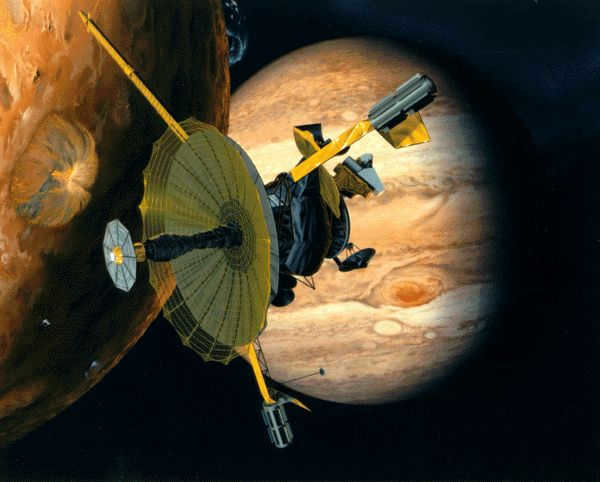
“Pioneers and Explorers”
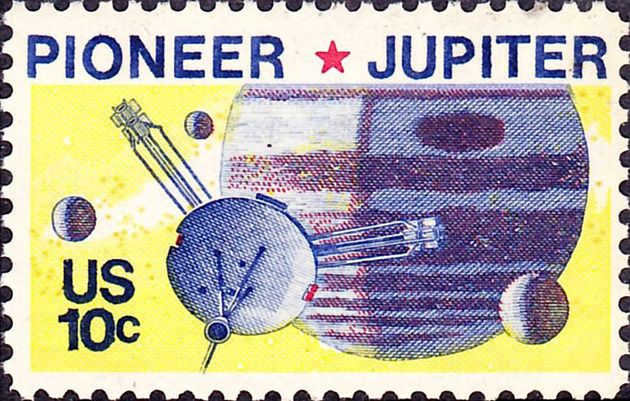
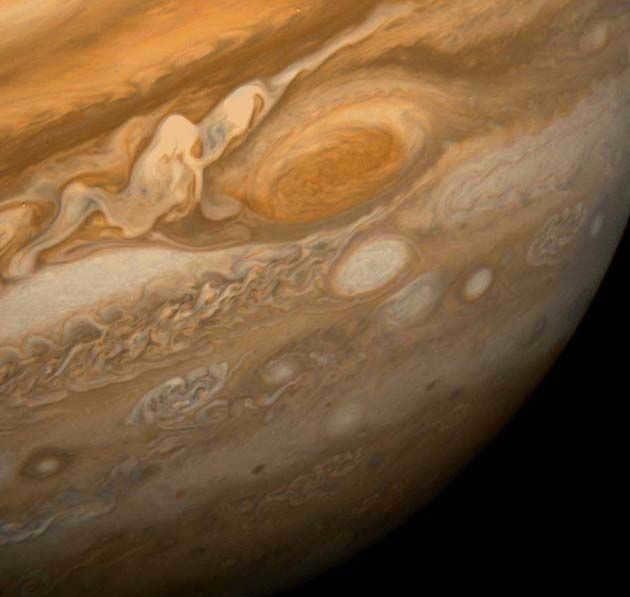
There is a gold plate attached to the “Voyager” spacecraft that contains information about our planet, including the location of the sun. The plate also includes a recorded greeting in 55 different languages and a message from Jimmy Carter, who was the President of the United States at the time. In about 285,000 years, the spacecraft will reach its destination, Sirius. Another spacecraft, Voyager-2, has also finished its mission but has not yet left our solar system. It is estimated that it will take another 10-15 years for Voyager-2 to leave. Once it does, it is expected to head towards the star Ross 248. Unfortunately, neither the “Pioneers” nor the “Voyagers” will be able to transmit any information they gather during their journey back to Earth. Their transmitters are not powerful enough to transmit signals over such long distances.
It is a topic of fascination when human beings will have the ability to venture beyond our solar system. However, it is worth noting that machines created by humans have already achieved this feat.
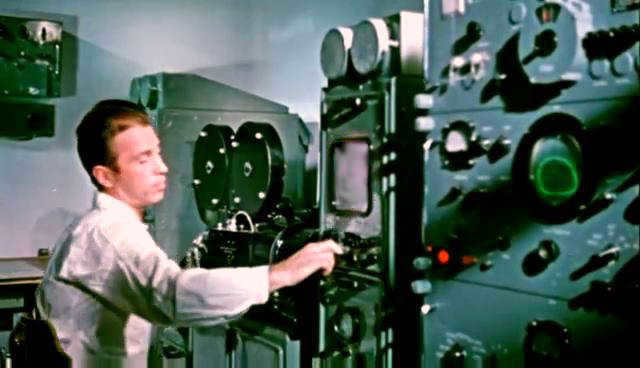
Unique Photos from the Far Side of the Moon
The unexpected launch of the initial man-made satellite on October 4, 1957 caught even those involved in the early stages of the space industry off guard. This momentous occasion captivated the entire nation. In November of that same year, a satellite carrying the canine Laika was sent into orbit, solidifying the need for visual communication to monitor animals, and eventually humans, aboard spacecraft during future space missions.
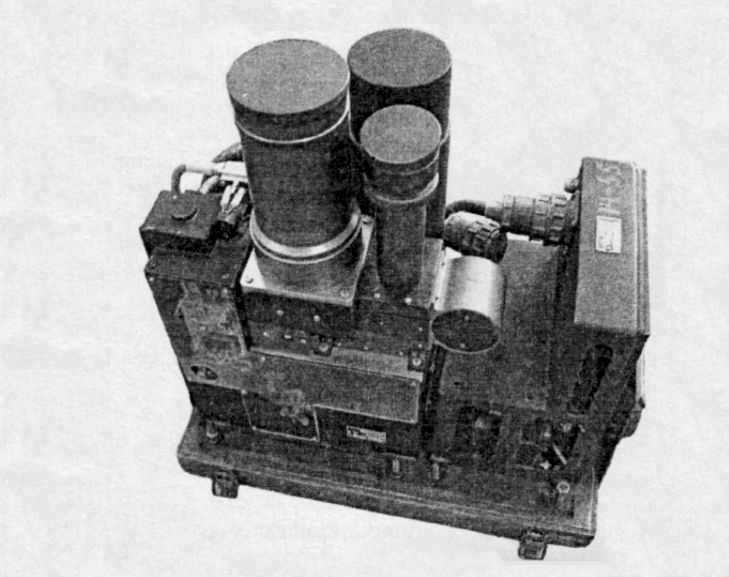
“Yenisei” Television System
The project was actually spearheaded by a young scientist named Pyotr Bratslavets. It was his idea to utilize a small-frame television system for transmitting records, as traditional methods of image transmission were deemed unsuitable for space. The solution was to significantly narrow the frequency band and slow down the line-by-line image transmission. The “Yenisei” space camera system had two modes: a frame every 10 seconds and, for a higher quality image, a frame every 30 minutes. This was considered to be an acceptable compromise. As Bratslavets himself stated, “If humanity has been unable to see the far side of the moon for thousands of years, then waiting for half an hour is not a big deal.”
In 1959, humanity got its first glimpse of the previously unseen side of the Moon. On October 7, the Luna-3 station sent back groundbreaking photos of the lunar surface, which later made headlines around the globe. The pioneering work of NII 380 on the “Yenisei” complex paved the way for a new frontier – space television. Interestingly, the camera AFA-E1, responsible for directly capturing images of the Moon, was also produced by Rostec’s Krasnogorsk Mechanical Plant.
“Canine TV”
In 1959, a team was created at the Research Institute with the aim to create the Seliger equipment complex, which would be used to observe dogs during their flights. According to Maria Iosifovna Mamyrina, the leader of the team, many people at the institute were skeptical about this new endeavor and even jokingly referred to it as “canine television”.
The Seliger project presented a unique challenge for engineers, as they had to create a television system that had never been done before. They faced limitations in terms of size and weight, and had to prioritize minimizing energy consumption. On top of that, they had to deal with the unfamiliar conditions of weightlessness and vibration overloads, which had never been encountered in the history of television. It’s worth noting that at the time, traditional television was still in its early stages of development and space vision was considered a highly exotic concept.
When deciding on a suitable option for the requirements, the engineers chose the recently introduced Vidicon as the optimal transmitting TV tube. The transmitting TV camera was constructed using a combination of semiconductors and a new innovation – rod radio lamps, known for their cost-effectiveness. In their quest for compactness, the research institute’s engineers devised an intriguing solution that would be utilized for years to come – a modular design approach, where each unit was developed as an independent module. This allowed for effortless modernization of individual components without necessitating changes to the device as a whole.
As a result, a groundbreaking camera was developed, weighing just 3 kg and consuming a mere 15 watts. However, despite the device’s remarkable design, the quality of the transmitted information fell short of expectations. This was due to the limited power of the transmitters and the low capacity of the TV channels. Consequently, the camera could only transmit 100 lines of resolution at a rate of 10 frames per second. As a result, the image appeared fragmented and blurry, reminiscent of the early years of television. Nevertheless, the main client, Sergei Pavlovich Korolev, gave his stamp of approval to this setup, stating: “We would like to have at least one eye to see them.”
Aside from having two cameras, one of which captured the dog from the side, and the other showing its neighboring dog from the front, the “Seliger” complex also featured a collection of receiving equipment available in both stationary and mobile versions. These equipment sets were installed in various ground measuring locations spread across the country, ranging from Crimea to Kamchatka. Interestingly, only dogs with a light-colored coat were chosen for flights in order to ensure better visibility on the monitors.
In the beginning of the summer in 1960, the system started its trial period. An airplane, equipped with special equipment and carrying dogs, conducted overflights to test television and other devices. Then, on August 19 of the same year, the iconic flight of Belka and Strelka occurred, marking the first time in history that images of moving objects were transmitted from space. This significant event can be seen as the second birth of cosmovision.
“He exclaimed: “Let’s embark on our journey!”
With a flourish, he gestured his hand.”
Thanks to cutting-edge television systems that transmitted live footage from the spacecraft, scientists were able to visually witness the effects of space conditions on living organisms for the very first time. The analysis of this data yielded groundbreaking insights into the feasibility of human space travel. Notably, the camera footage captured an unexpected and unexplained behavior from one of the dogs. Consequently, Yuri Gagarin’s historic flight was shortened to a single orbit around the Earth as a precautionary measure.
It could be argued that the journey of Belka and Strelka marked the first successful trial run prior to sending a human into space. In addition to these mixed-breed dogs, other canines have ventured into space, although unfortunately, some did not survive. The “Seliger” television system, which performed admirably during the dog flights, was installed on the prototype spacecraft that simulated human travel. In March 1961, there were successful test launches of spacecraft with humanoid mannequins, which ultimately led to the decision to proceed with Gagarin’s historic flight. It is worth mentioning that the mannequins, spacesuits, and ejection seats for these missions were developed by Zvezda, now a part of Rostec State Corporation.
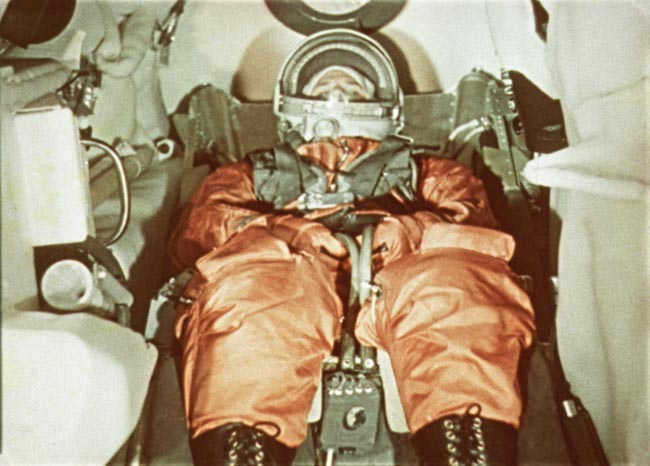
Yuri Gagarin before the launch
The preparations for the inaugural manned spaceflight were incredibly rigorous. The Vostok-1 spacecraft underwent continuous testing for a span of 15 days. The Seliger television system was functioning perfectly by the time of the launch. Once all the necessary pre-launch procedures were completed, Yuri Gagarin sealed himself inside the spacecraft, leaving him solely reliant on radio and video communication to stay connected to the outside world.
Two cameras were utilized in the cockpit, similar to flights with canines: one recorded the cosmonaut from the side, while the other captured his front view. Lighting and cameras were arranged in a manner that showcased the face up close and evenly lit. Thanks to the recorded footage prior to liftoff, we are able to witness Gagarin’s composure and resolve, which, it should be noted, persisted throughout the entire journey.
In the year 1961, an extraordinary event took place: a human being ventured into space for the very first time. The Seliger system played a crucial role in ensuring the success of this groundbreaking flight. The remarkable footage captured by this system quickly spread across the globe, igniting a newfound fascination with space exploration. The visual quality of Yuri Gagarin’s flight footage was on par with the footage from the historic flight of Belka and Strelka, with 100 lines per frame at a rate of 10 frames per second. In fact, the same equipment, known as “Seliger,” was utilized during German Titov’s record-breaking daily flight in August 1961. Thus, the initial phase of space vision history was accomplished. Moving forward, the Research Institute of Television set out to enhance the image quality and expand the audience reach, aiming to transmit the cosmonaut’s cabin signal not only to experts but also to the television broadcasting network and ultimately to viewers worldwide.

